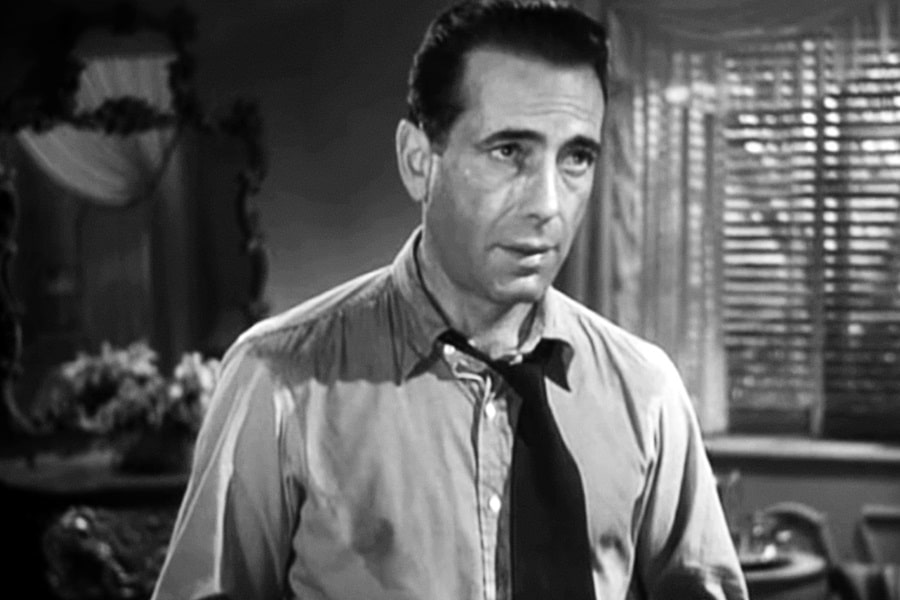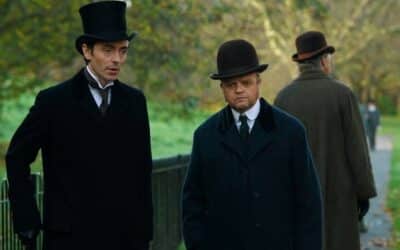
Memorable Characters
Crafting complex, memorable characters in a mystery novel is akin to piecing together a jigsaw puzzle where every piece is crucial. The genre of mystery, with its intricate plots and twists, demands characters who are not just functional but fascinating. They are the heart and soul of the story, driving the plot and engaging the reader.
Take Agatha Christie’s Hercule Poirot, for instance. He’s not just a detective; he’s a bundle of quirks and genius. His meticulous nature, his signature mustache, and his little grey cells make him stand out in the crowded detective landscape. Christie’s careful construction of Poirot’s personality makes him both intriguing and credible.
Then there’s Miss Marple, another of Christie’s creations. She might seem like a harmless elderly lady at first glance, but her sharp mind and understanding of human nature make her a formidable sleuth. Her character is a masterclass in how unassuming traits can be woven into a complex character who defies stereotypes.
Switching over to film, consider Columbo, portrayed by Peter Falk in the eponymous TV series. His disheveled appearance and seemingly scatterbrained manner are misleading. Underneath that facade is a sharp mind that catches killers off guard. Columbo’s character development is subtle yet powerful, showing that memorable characters often hide their complexity under a veneer of simplicity.
In “The No. 1 Ladies’ Detective Agency” series by Alexander McCall Smith, we meet Precious Ramotswe. She’s a character who breaks the mold of traditional detectives. Her deep understanding of human nature, empathy, and intuitive approach to solving mysteries set her apart. McCall Smith crafts her character with a blend of warmth, wisdom, and wry humor, making her unforgettable.
When developing complex characters in a mystery novel, one key aspect is their backstory. A well-crafted backstory adds layers to the character, making them more relatable and interesting. For example, in “The Nine Tailors” by Dorothy L. Sayers, Lord Peter Wimsey’s backstory as a World War I veteran adds depth to his character, influencing his actions and decisions.
The setting of a mystery novel can also greatly influence character development. In “The Big Sleep” by Raymond Chandler, Philip Marlowe’s character is as much a product of the gritty streets of Los Angeles as he is of his moral code. The environment in which a character operates can shape their personality, choices, and worldview.
Dialogue is another critical tool for character development. The way characters speak can reveal a lot about them. Sharp, witty dialogue in “The Thin Man” by Dashiell Hammett not only advances the plot but also gives us insights into Nick and Nora Charles’ personalities. Their banter is as much a part of their character as their sleuthing skills.
Flaws and vulnerabilities make characters human and relatable. In “Gaudy Night” by Dorothy L. Sayers, Harriet Vane’s struggle with her feelings for Peter Wimsey adds a layer of emotional complexity to her character. Flaws can be a source of conflict in the story, making characters more dynamic and interesting.
Supporting characters play a significant role in developing the protagonist. They can act as foils, highlighting the protagonist’s traits, or provide a sounding board for them. In “The Moonstone” by Wilkie Collins, the various narrators provide contrasting perspectives that add depth to the central mystery and its protagonists.
Character development can also be achieved through internal monologues. This technique allows readers to see what the character is thinking, offering insights into their motivations and fears. In the “Inspector Morse” series by Colin Dexter, Morse’s thoughts and reflections are as crucial to understanding his character as his actions.
Conflict is a catalyst for character development. How characters react to challenges, both external and internal, can reveal different facets of their personality. In “Rebecca” by Daphne du Maurier, the unnamed protagonist’s evolution in the face of adversity adds to the novel’s suspense and depth.
Finally, a character’s evolution over the course of the novel can leave a lasting impression on readers. In “The Woman in White” by Wilkie Collins, the character development of Marian Halcombe and Walter Hartright, as they unravel the mystery, makes them memorable and engaging.
In conclusion, memorable characters in mystery fiction are those that are as complex as the mysteries they solve. They are shaped by their backstories, their environment, their relationships, and their internal conflicts. They evolve, they falter, and they grow, drawing readers into their world and making the journey through the twists and turns of the plot all the more engaging. As the gears of the plot turn, it’s the characters, with their depth and nuances, who turn a good mystery into a great one.
Similar Features
On the Hunt for a Mystery
How to Select Your Next Mystery Book
Querying a Mystery
How to Write a Query Letter That Won’t Get You Ghosted
Crafting the Character
Creating Characters as Mysterious as Your Plot



